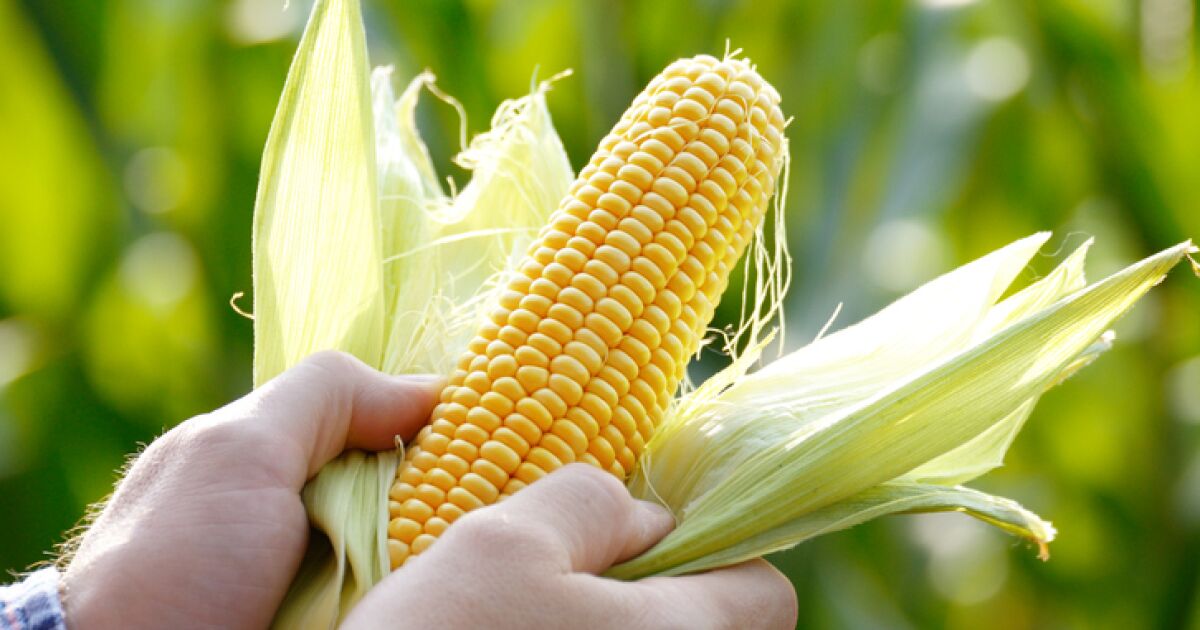“We are evaluating all the alternatives,” Suarez said in an interview with Reuters on Wednesday afternoon. “There are many alternatives to importing non-GMO yellow corn from the United States,” she noted.
Suarez’s comments are the clearest indication yet from Mexico’s agriculture ministry that the ban will affect yellow corn destined for livestock feed.
Mexico, one of the largest buyers of corn in the world, currently imports about 17 million tons of this cereal from the United States a year, most of it yellow corn for animal consumption.
Suárez’s stance seems to represent a shift from the guarantees that the Secretary of Agriculture, Víctor Villalobos, offered his US counterpart last year, in the sense that Mexico No would limit imports of transgenic corn from the United States.
The decree of the end of 2020 by the president of Mexico, Andrés Manuel López Obrador, aims to phase out GM corn and the herbicide glyphosate by 2024.
Supporters of the ban claim that GM seeds can contaminate Mexico’s ancestral landraces and point out that research shows adverse effects of glyphosate.
However, US farm groups have publicly called on their government to challenge Mexico’s decree under the North American trade pact, TMEC, warning of potential billions of dollars in economic damage to both countries.
MAIZALL, an international chamber that represents producers from Argentina, Brazil and the United States and is responsible for more than 80% of the world’s corn exports, has said that it will not change its corn production methods to non-GMO to suit Mexico.
Suárez said that he did not believe that Mexico’s decree could violate the TMEC, arguing that the country had “no obligation to buy and plant transgenic corn.”
“We respect and care for (the pact), but the TMEC is not God, nor is it our Constitution,” he said.
“In due course” Mexico will make announcements, possibly in the second half of 2023, he said when asked if the country would clarify the future of US imports.
As part of López Obrador’s campaign to make Mexico self-sufficient in everything from energy to food, local corn production has increased slightly by one to two percent per year with the help of free fertilizers, irrigation expansions and other incentives, mainly for small and medium farmers.
Yellow corn imports have become more expensive than domestic production, another incentive for farmers to make the switch, Suarez said.
He was confident that Mexico will recover some eight million tons of corn that it will stop importing from US farmers after 2024. “We believe that we are going to achieve it,” he said.














